The federal government began a shutdown with the nation’s political leadership still locked in place. Congressional leaders and the White House traded familiar arguments over spending and policy, but neither side advanced the kind of concessions that would reopen shuttered offices or restore full services. With funding lapsed, agencies initiated contingency plans, furloughing non-essential employees and curtailing programs while core functions continued under exception.
The first hours unfolded much as prior shutdowns have: uncertainty for federal workers and contractors, uneven impacts across agencies, and a battle to frame public opinion. Essential operations—from air traffic control to certain law enforcement and public health activities—continued, though many services faced delays. Some national parks moved to restrict access or reduce staffing, call centers and help desks trimmed hours, and routine administrative processes slowed.
At the heart of the standoff is the annual appropriations process. Congress is tasked with passing 12 spending bills or a stopgap continuing resolution to keep departments funded. Absent that, agencies operate under legally constrained shutdown protocols, with civil servants divided between excepted staff who must report and furloughed colleagues who are sent home. Historically, Congress has later provided back pay to furloughed employees, though contractors often face uncompensated losses.
Negotiations have focused on both topline spending levels and policy conditions that some lawmakers want attached to funding. The White House has pressed for a clean measure to reopen the government while longer-term talks continue, arguing that broader debates should not interrupt basic operations. Key congressional factions have insisted on leverage during the funding lapse to seek changes on spending and selected policy priorities.
As the shutdown began, the Senate and House charted divergent procedural paths, complicating a quick resolution. Any agreement would need to clear both chambers and secure the president’s signature. Even a short-term patch would require enough bipartisan support to move swiftly, a threshold that has grown more difficult amid internal party divisions and narrow majorities.
Beyond Washington, the consequences ripple unevenly. Military service members and many federal employees in excepted roles continue to work, with pay potentially delayed until funding is restored. Small businesses awaiting federal loans may encounter pauses, research projects can lose momentum, and the processing of benefits and permits varies depending on whether programs are backed by mandatory or discretionary funding. Travelers could see longer lines if staffing becomes strained, and passport or visa processing may slow.
Past shutdowns have shown that the longer a lapse persists, the more visible and compounding the effects become, from economic drag in regions with heavy federal presence to growing backlogs at agencies. The political costs are harder to measure in the moment. Leaders on both ends of Pennsylvania Avenue are wagering that resolve will yield policy advantage—or at least avoid blame—yet the public’s tolerance for disruption tends to diminish as days pass.
For now, the central questions are straightforward: whether the House and Senate can align on a narrow agreement to reopen government, how far either side will go on spending levels and policy conditions, and how quickly a bill can reach the president. Until then, agencies will continue to ration capacity, families of federal workers will confront missed paychecks, and the country will ride out the latest test of a budget process that has grown increasingly brittle.

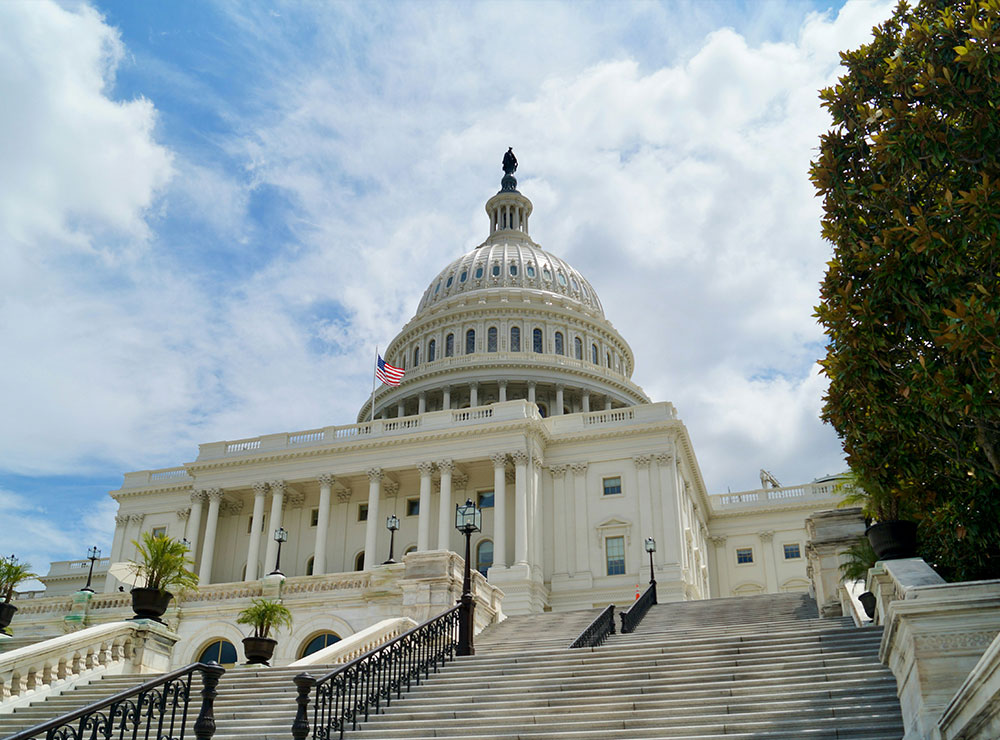
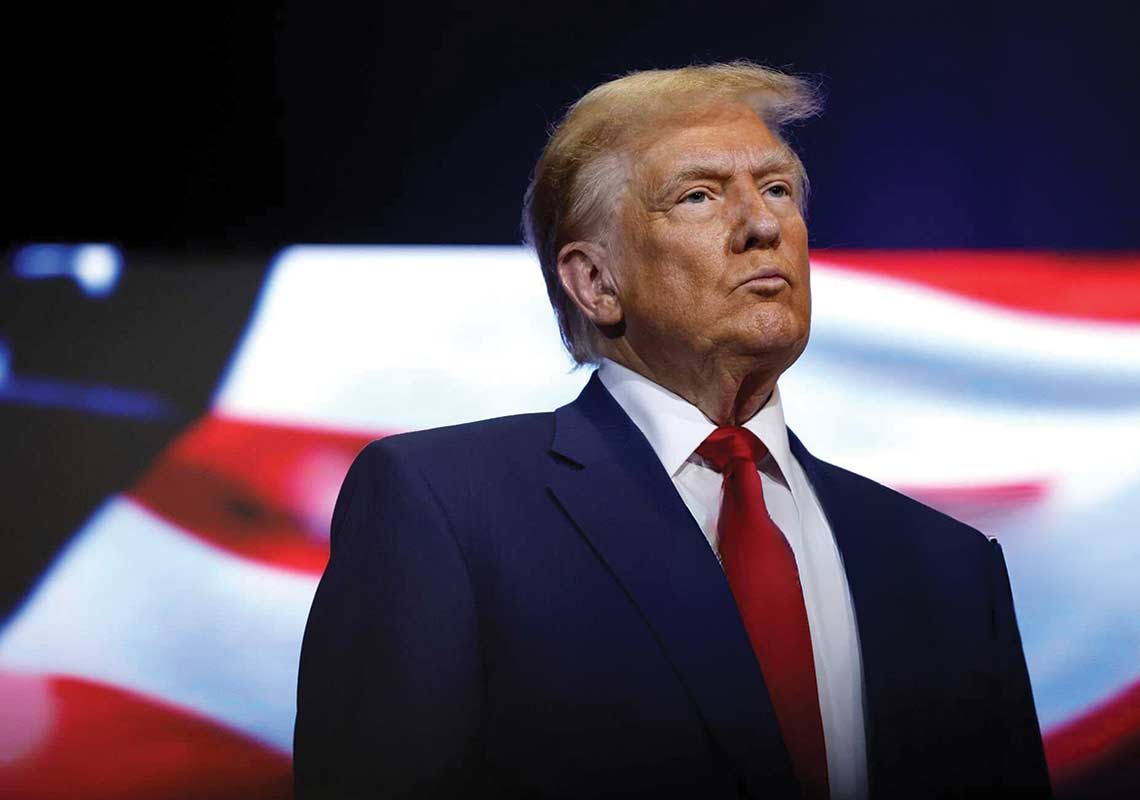
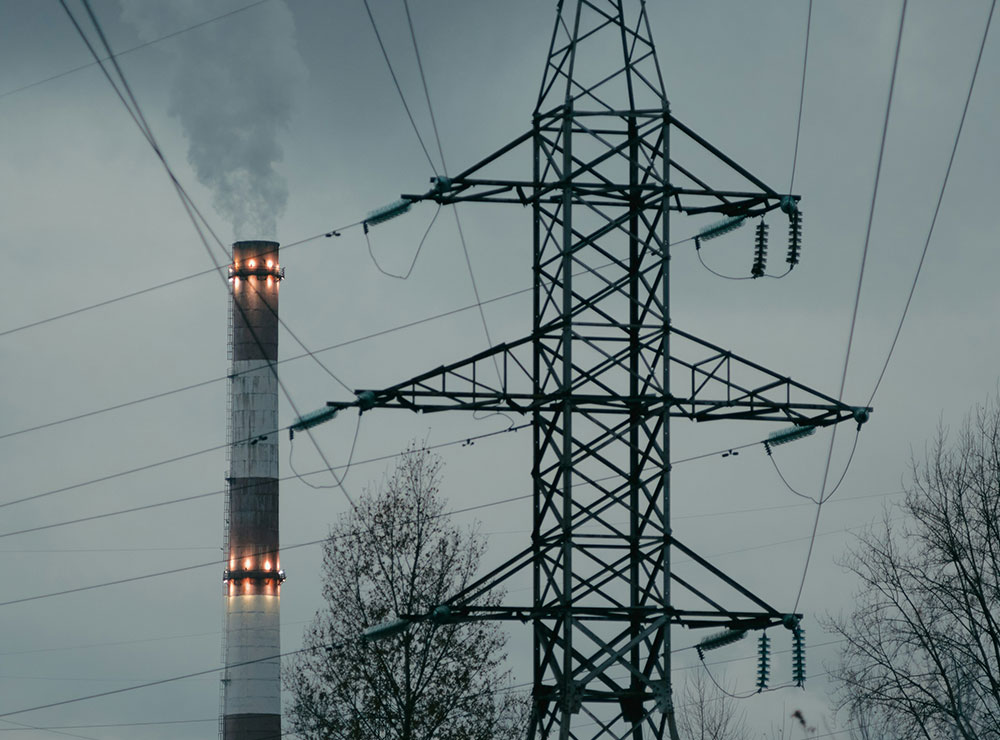
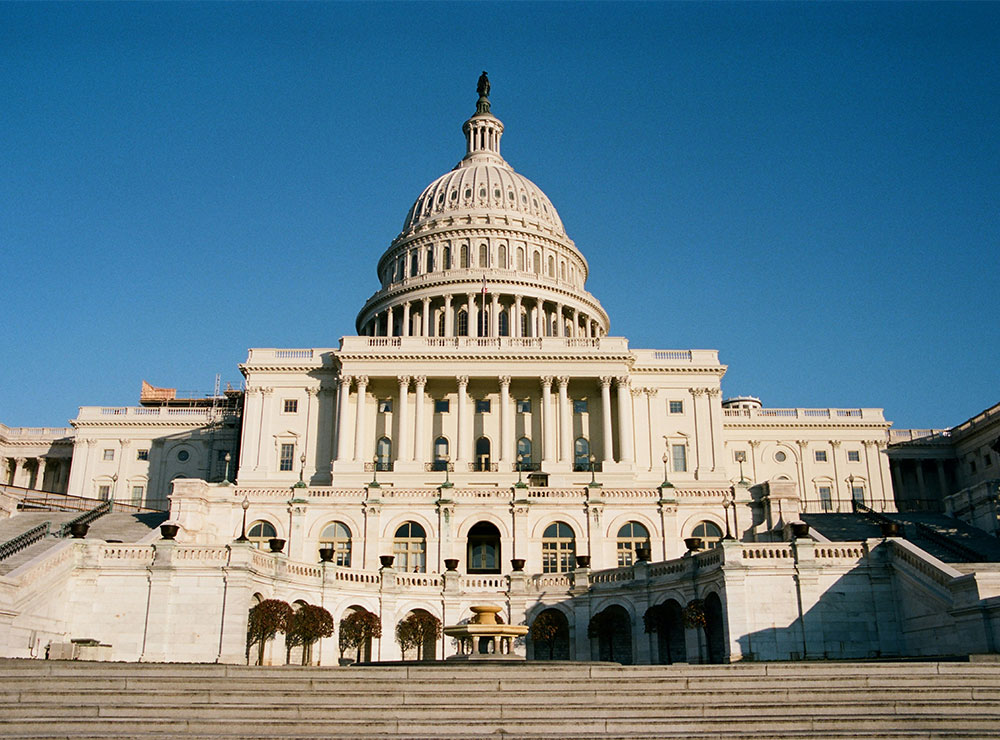
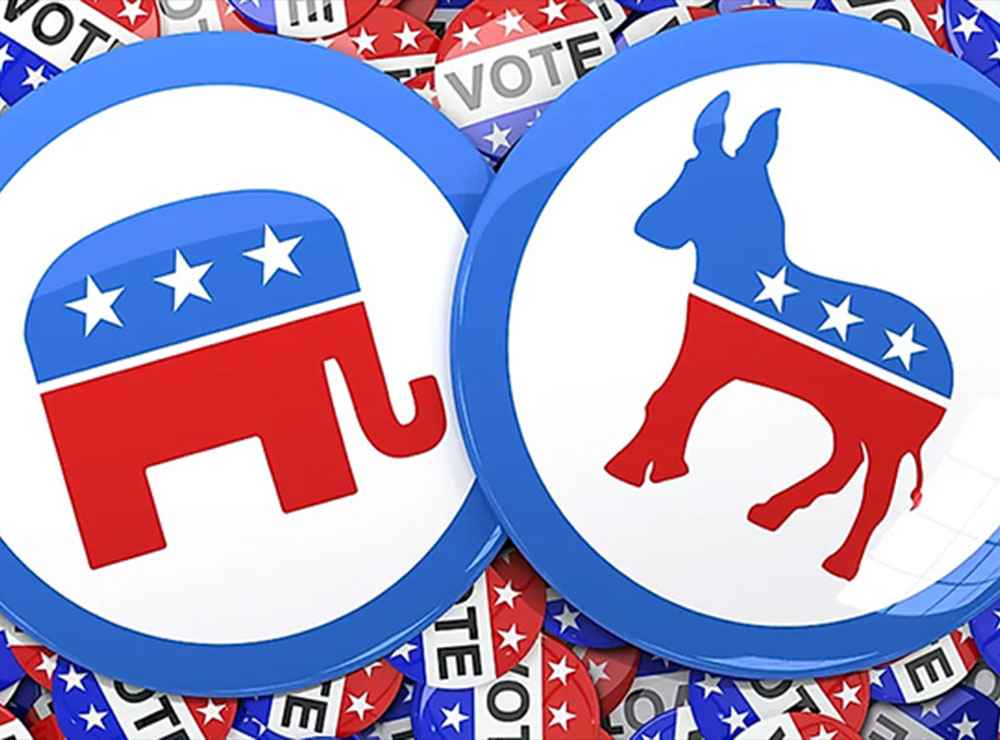
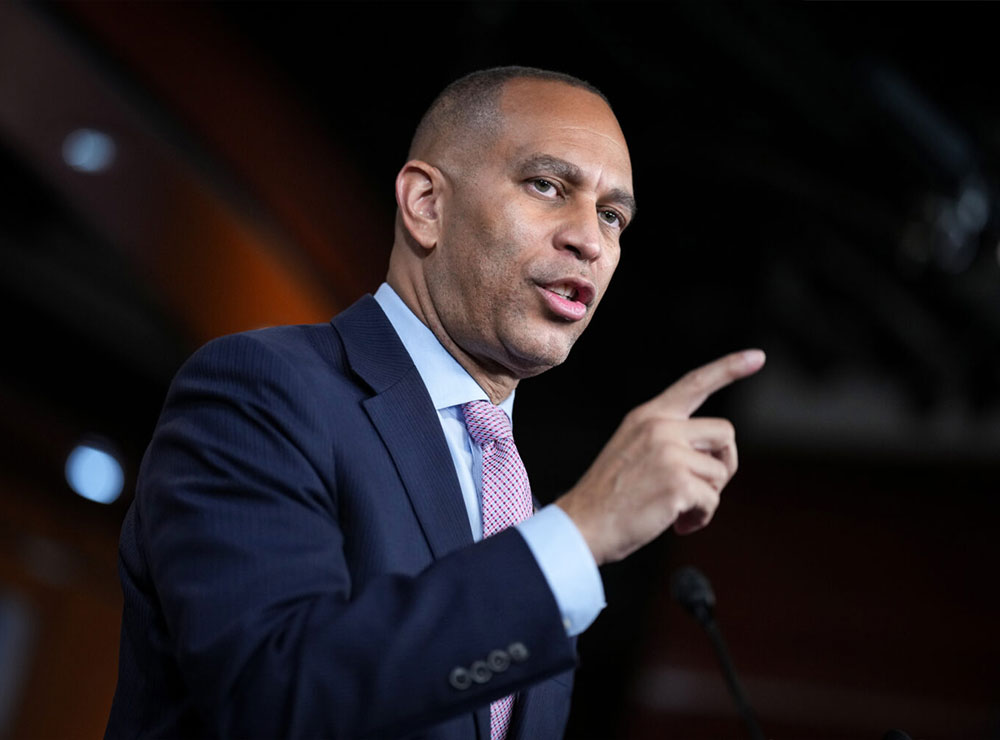

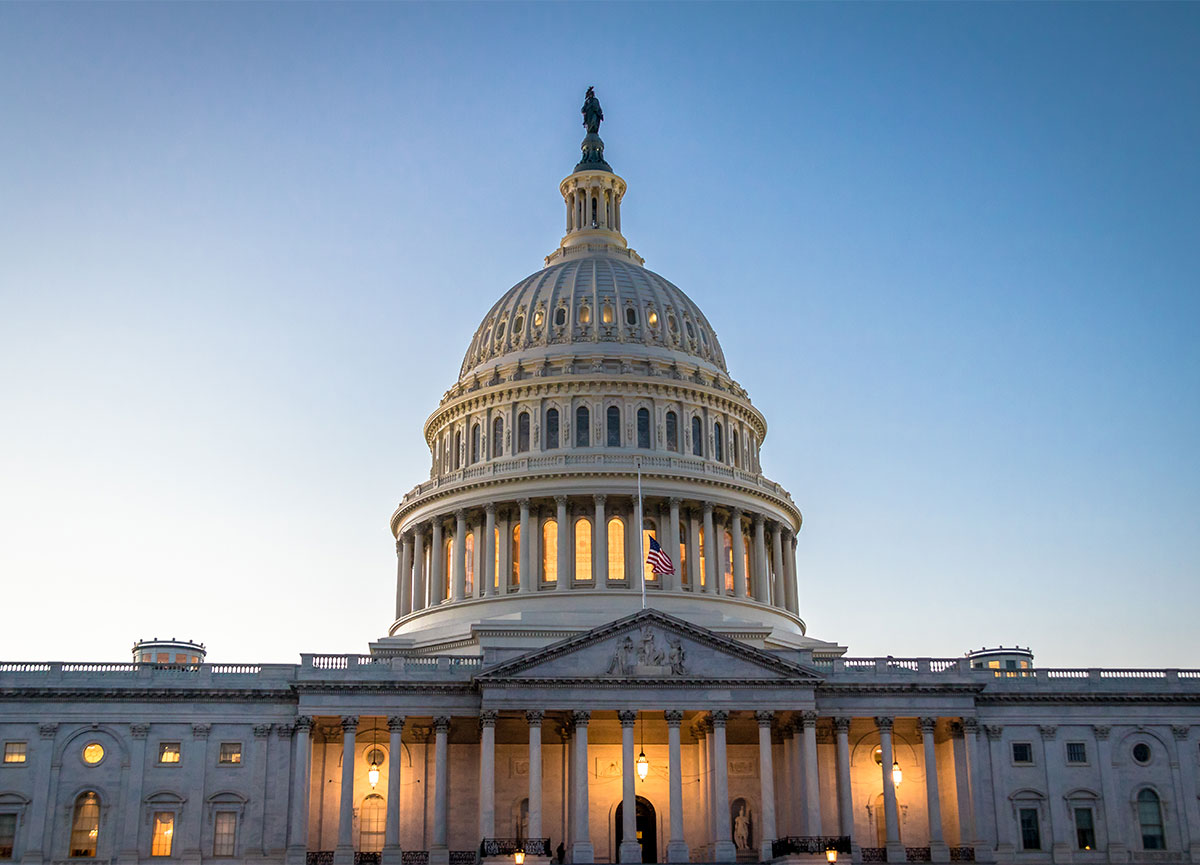
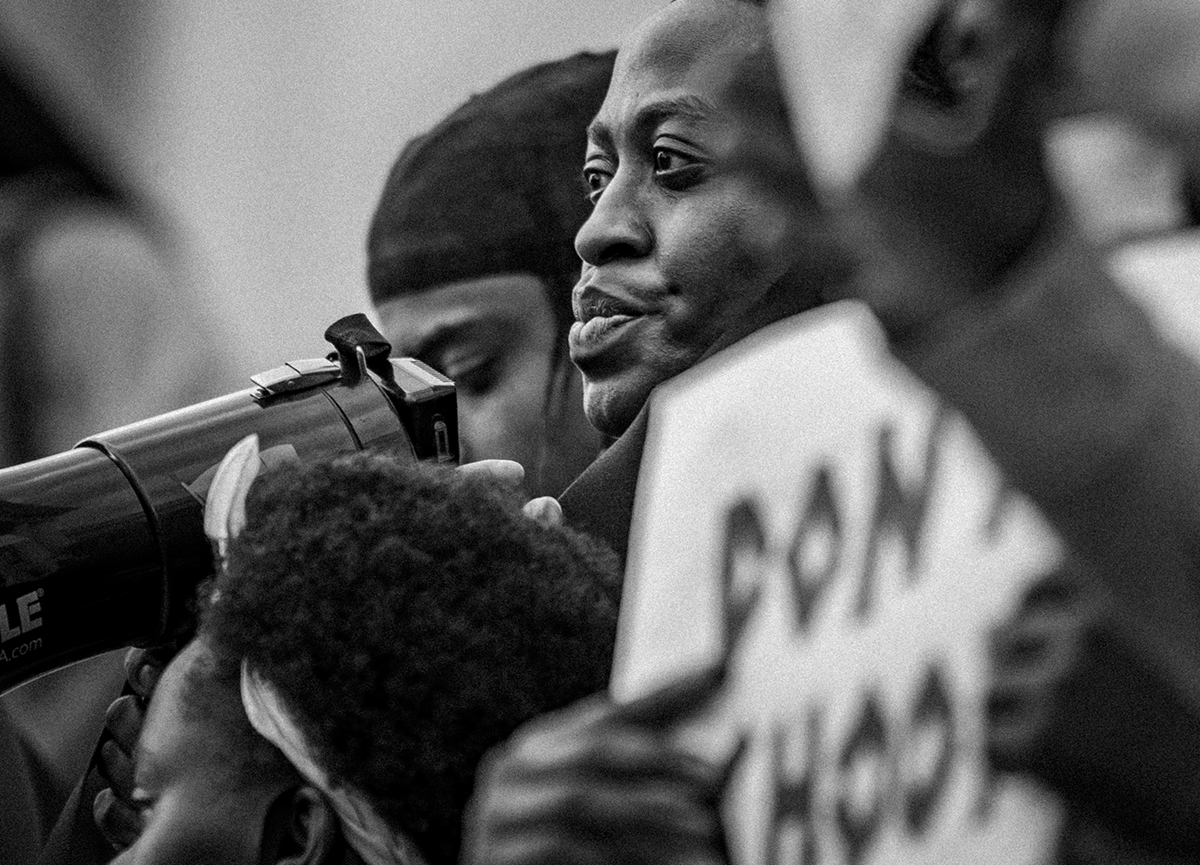
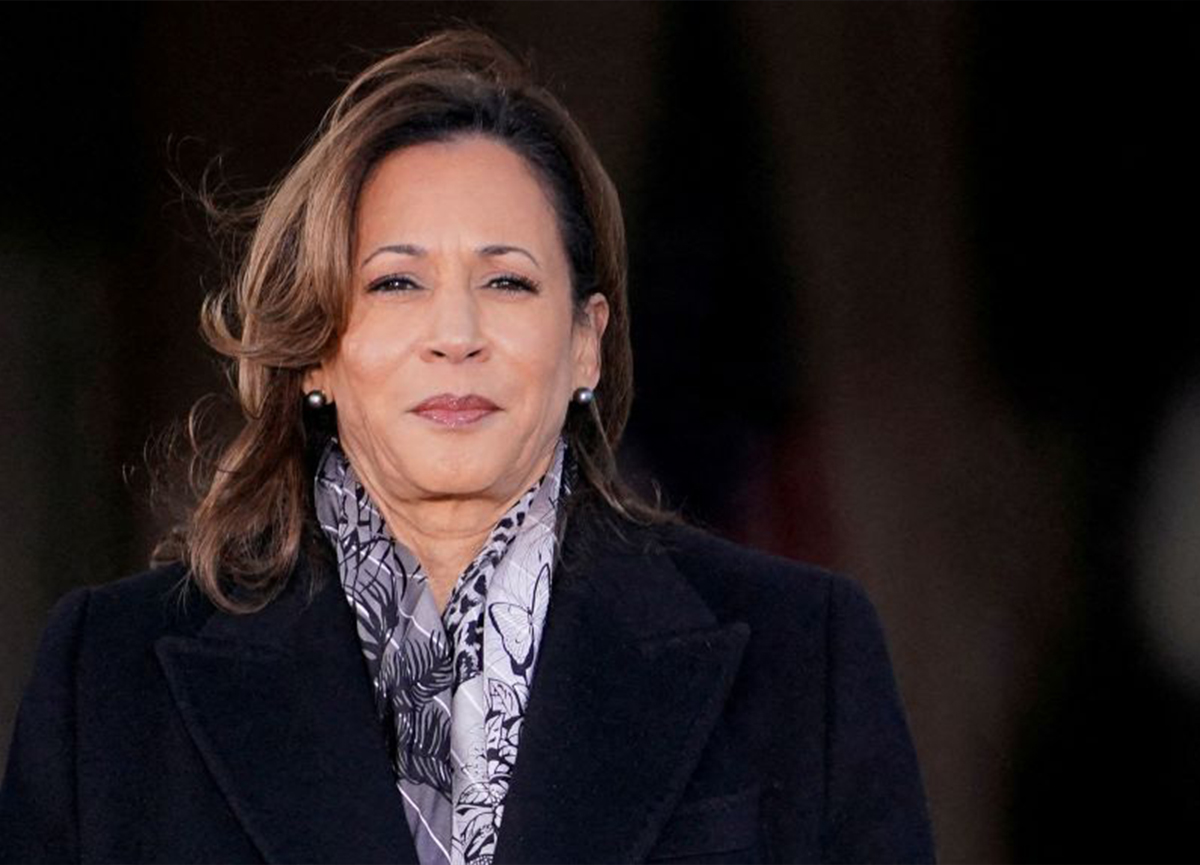
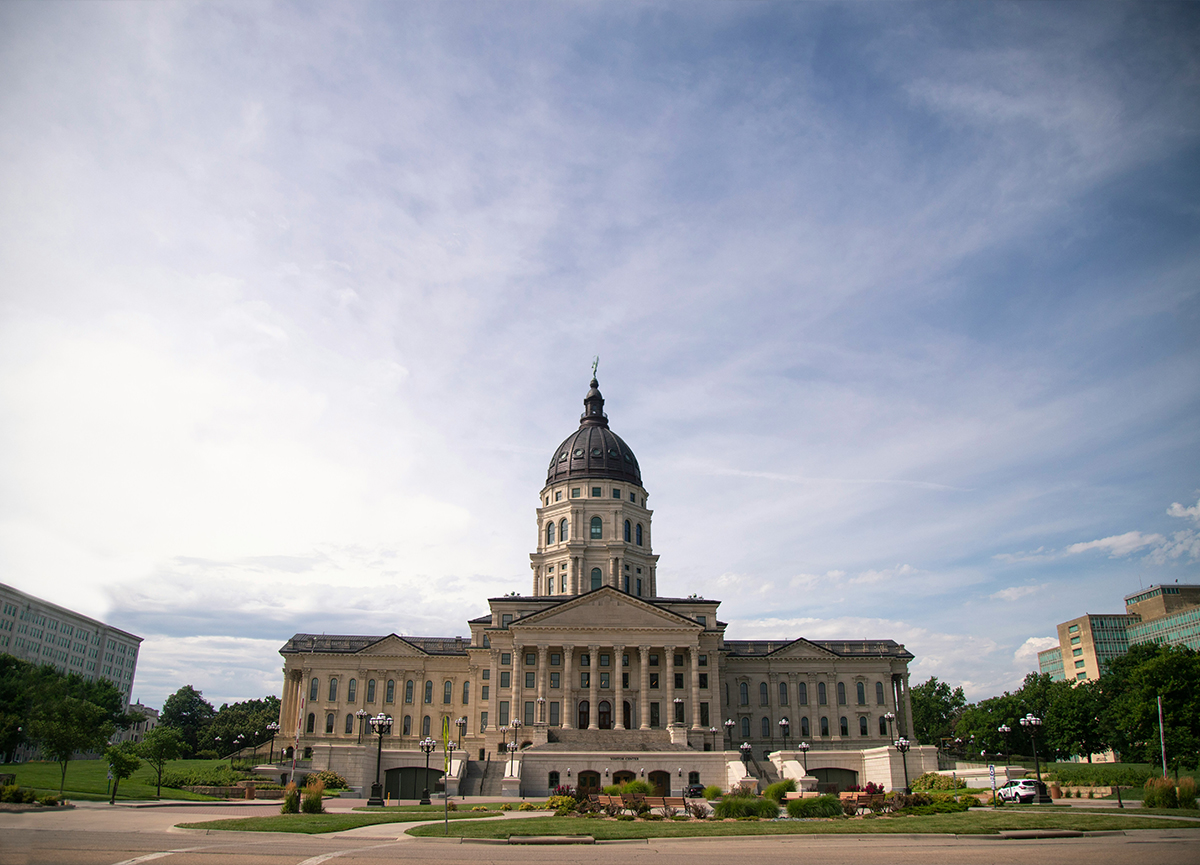
Leave a Reply